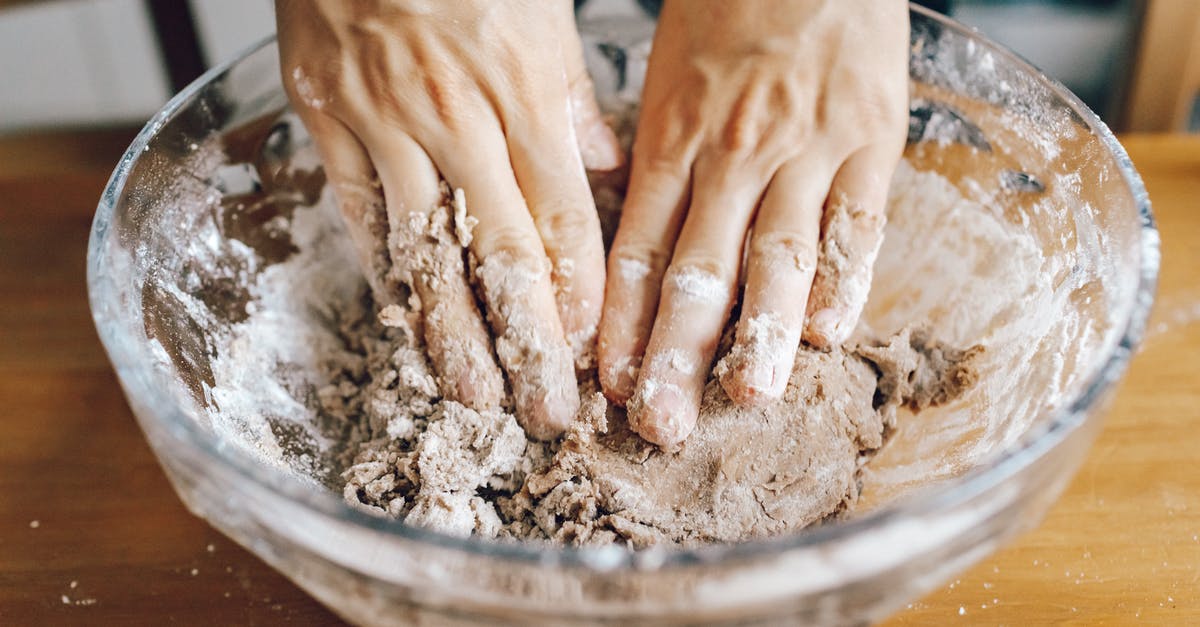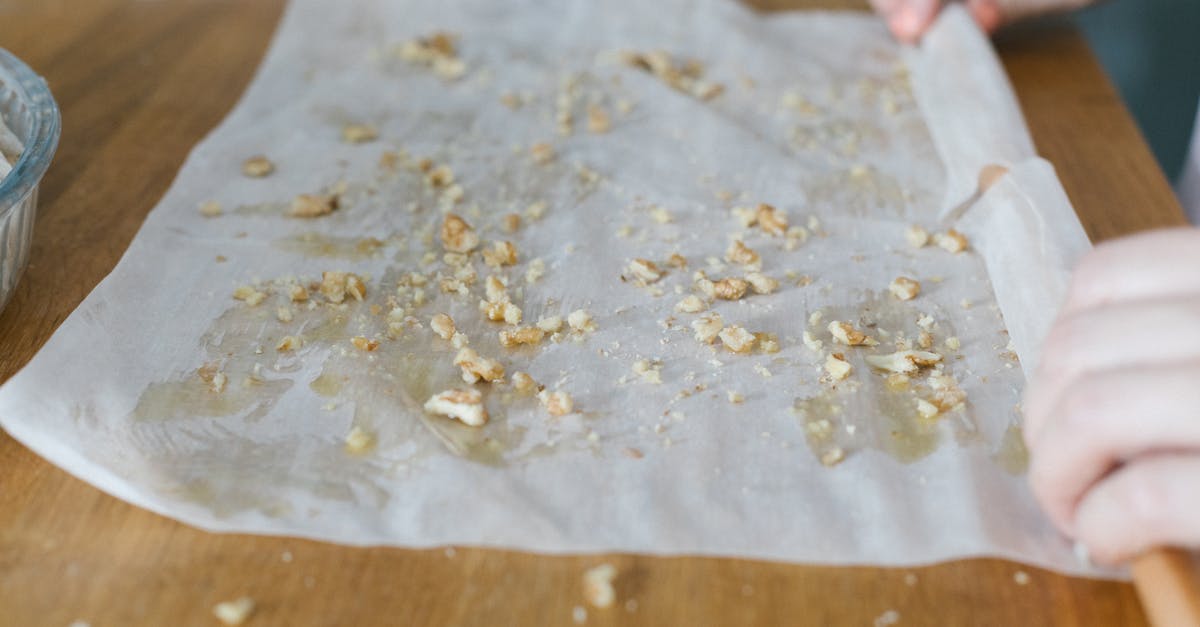Why would a fully-developed dough lose consistency (elasticity / extensibility)?

I've been experimenting with panettone and I've come across the issue time and time again of losing dough consistency while mixing the secondo impasto (i.e. the final panettone dough). What makes this super bizarre to me is how I can go from fully-developed gluten to puddle of mud in only a minute or so after adding some fats/sugar.
The new dough consistency is similar to cake batter, or pudding, or thick mayonnaise. You can stick your finger into this gloop, pull it out, and it literally forms "stiff peaks" (a reference to whipping egg whites). It's kind of glossy and can definitely be described as similar to choux dough. I guess it could be also compared to a very very over-fermented high hydration sourdough (i.e. a dough left to ferment for days or weeks). The viscosity is high -- I can "pour" the dough from a Teflon coated container as a single big thick blob (without it sticking to the bowl). (It's unfortunate that I don't have pictures to give a visual.)
Thus far, I've determined that the issue does not stem from
- Using a flour that is too "weak" (though I'm unsure if using an even stronger flour would decrease the likelihood of the dough losing consistency)
- Adding too much water (I've tested adding a tad bit extra water, but not a whole lot)
- Over fermentation
- I'm assuming overfermentation isn't the issue because over-fermented dough can be identified before the second mixing is initiated. (But perhaps the byproducts or acidity produced during the fermentation process can aggravate the issue?)
I've found references to this issue online,
- https://www.thefreshloaf.com/comment/26611#comment-26611
- https://www.thefreshloaf.com/node/5232/panettone
- http://hilda.hhandg.com/?p=1483
- https://www.thefreshloaf.com/node/69835/panettone-trouble
And they seem to point to sugar being the culprit in the loss of dough consistency. The comment mentions how mixing for another hour turned the "milkshake" to "finally...where it [gluten] needed to be".
But I've experimented with a very long mixing time to see where things would go. It doesn't take too long for the dough to overheat, so the first thing I'll notice is that the dough is leaking oil. After a couple or a few hours, the dough seems to solidify to form a somewhat grainy paste (like stiff/thick icing), which can be shaped and isn't sticky -- however, it has no elasticity.
Currently, I suspect too much fat and sugar/erythritol*** as being the main contenders for causing this issue. I'm aware that fats prevent long gluten chains from forming, and that regular sugar can compete for water which hinders gluten formation. (Well, the thing is, gluten was already fully developed...and then, well, all the bonds seemed to break down and refused to reform.) Furthermore, erythritol is not hygroscopic and is less than 1/5 the solubility of plain sucrose, but I'm not sure about how that would change things. Perhaps undissolved sugar actually cuts gluten (just speculating)? Does adding sugar slowly actually have any meaning/effect?
Could overmixing be contributing to the issue? Is it even possible to overmix panettone/brioche dough (assuming you don't overheat it)? I haven't tested this but I was wondering if too much mixing could result in an irreversible puddle, as referenced in this post
I'll also note that I add diastatic barley malt (~0.6% flour weight) in the final dough, but I doubt the proteolytic activity from diastatic barley malt could be fast enough to cause the issue (correct me if I'm wrong).
More testing definitely needs to be done on my end, but I was just wondering if there are any experts out there that know the chemistry behind this fiasco and how to prevent it.
***: I'm using a erythritol+monkfruit blend in place of plain sugar; in total it's about 7% of the final dough weight (before adding dried fruit), or about 20% of the flour weight.
Update: After some further research, it looks like mixing definitely plays an important role. From what I've read mixing (improperly or over) can result in the trouble I'm facing.
Best Answer
Let me address your last sentence specifically, since it is such a great summary of your post.
the chemistry behind this fiasco and how to prevent it.
The chemistry
There is nothing special or convoluted going on here, it is simple dilution. When you mix two substances with a different consistency, the default result is to get a consistency that is somewhere between the two. For example, if you mix sugar and flour, you get something that is neither completely a soft powder, nor completely sandy, but in between. In this case, you are mixing dough with sugar (which hydrates) and butter, and you get something that is somewhere in between bread dough (which is elastic), butter (which is plastic), and dissolved sugar (which is liquid).
This fiasco
It is not a fiasco. This is how the dough for pannetone, brioche, and other super-enriched breads of this kind feels like.
The one thing that you should do is to ensure that you have kneaded the dough sufficiently that it no longer flows. I have never made pannetone and don't know its exact specifics, but brioche, kozunak and the like are expected to be shaped by hand and baked in a pan, not poured into a mold. If you have a super-fat-rich recipe, it may flow at the beginning of the kneading, but you have to just persevere until it becomes cohesive. If doing it by hand, the process starts a bit like pouring the mass from one hand into another, and gradually develops into a stretch-and-fold.
A side note: I suspect that you may have learned baking based on American literature. It has the advantage of being ubiquitous, accessible and in-depth, but it is of course based on the categorization of baked goods inherent in American culture, which prescribes a sharp delineation between "bread" (which is made with yeast dough) and "cake", which is made with batter. This is not a relevant distinction in most European baking traditions. There is no prescription or expectation that a brioche, etc. will have a breadlike texture, neither before nor after baking. It has a briochelike texture, which is considered a thing of its own.
How to prevent it
If you have a preference for a more breadlike texture, choose a recipe which is lower in fat and sugar. There are many "gradations" of this class of baked good (I am hesitating to call it "bread" or "cake after my last paragraph!) and you can pick your favorite along the continuum.
Pictures about "Why would a fully-developed dough lose consistency (elasticity / extensibility)?"



What affects dough extensibility?
Extensibility: Ability of the dough to be stretched, extended or elongated when forces, stress and pressures are applied to it. A certain amount of extensibility is necessary for a dough to be moulded into different shapes.Why is my bread dough not elastic?
Overworked dough can happen when using a stand mixer. Dough will feel \u201ctight\u201d and tough, as the gluten molecules have become damaged, meaning that it won't stretch, only break, when you try to pull or roll it.How do you increase the extensibility of dough?
Combine gluten and water, and a network of long, unorganized, knotted gluten strings will form. Kneading aligns these strings, creating a dough you might be able to stretch so thin you can almost see through it. The more gluten, the more elastic, stretchy and strong the dough will be.What is extensibility of flour?
flour Alveograph dough. Extensibility is a material's ability (in our case, dough) to stretch without breaking. ATTENTION: Extensibility should not be confused with elasticity[1]!87: FIVE signs your Bread Dough is Fully Kneaded, Before and After - Bake with Jack
More answers regarding why would a fully-developed dough lose consistency (elasticity / extensibility)?
Answer 2
In my experience, the secondo impasto can be a delicate balance. In the formula I use, most of the sugar, fat, and eggs are added in the first dough, with a smaller proportion added in the second mix. At that point, I find the temperature of the butter to be important. Soft enough to get worked into the dough, but not too soft. Too soft, and the whole thing can come undone, as you describe. Also, these final ingredients need to be added gradually. I don't have experience with the sugar substitute you are using, so I don't know if that is the culprit. But, be sure you are paying attention to proceeding gradually, with butter at the right temperature.
Answer 3
I don't think the monk fruit is feeding the yeast. I'm pretty sure yeast needs glucose and\or sucrose to feed so that could be the issue. I would make the entire recipe as is except use a sugar instead of the monk fruit; then you will know if it's that. I'm one of those cooks who, after around 60 years of scratch cooking, just grabs what feels right and I've found that sometimes one tiny thing changes everything. Luck!!
Sources: Stack Exchange - This article follows the attribution requirements of Stack Exchange and is licensed under CC BY-SA 3.0.
Images: ROMAN ODINTSOV, ROMAN ODINTSOV, Meruyert Gonullu, Arina Krasnikova
